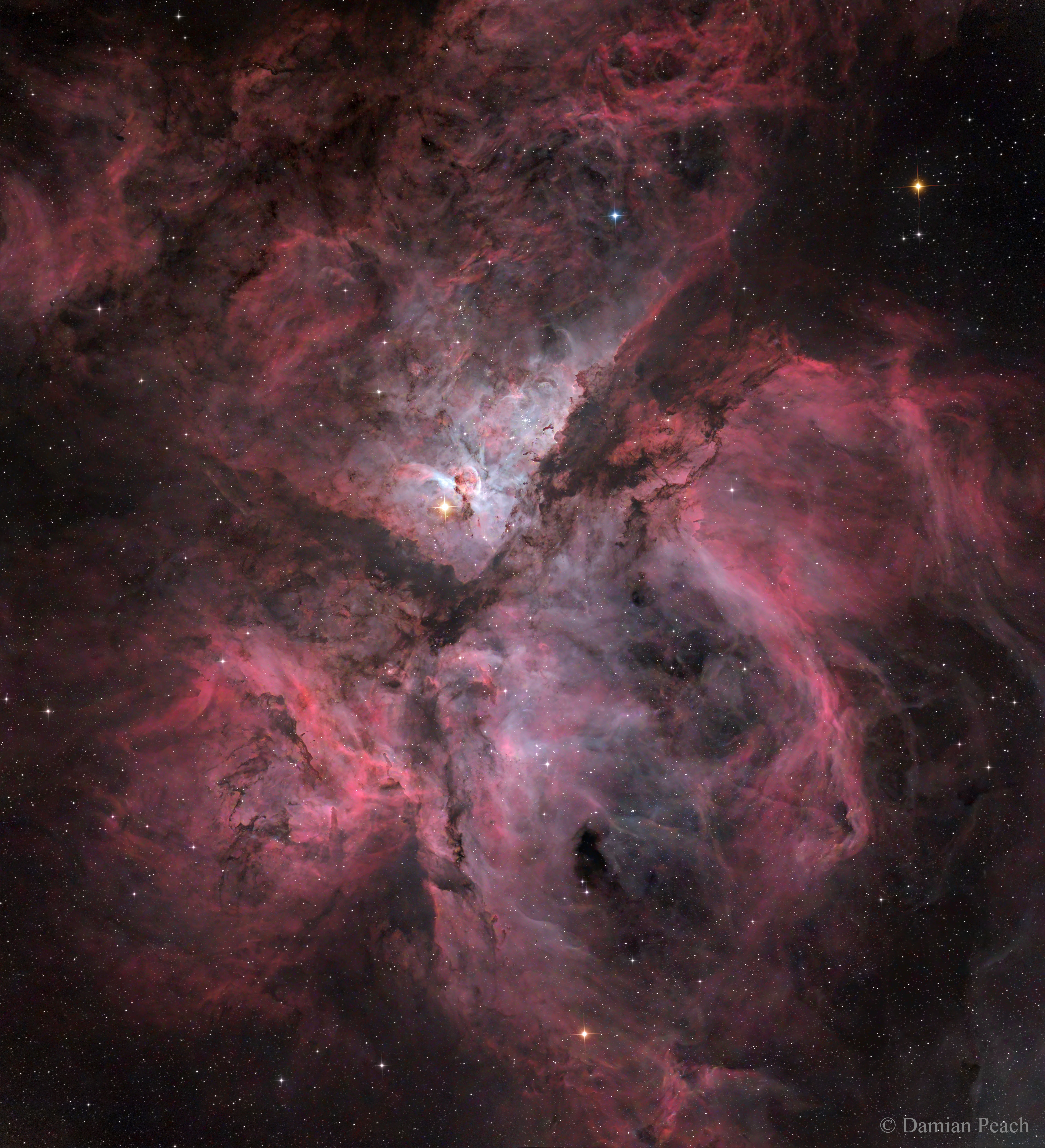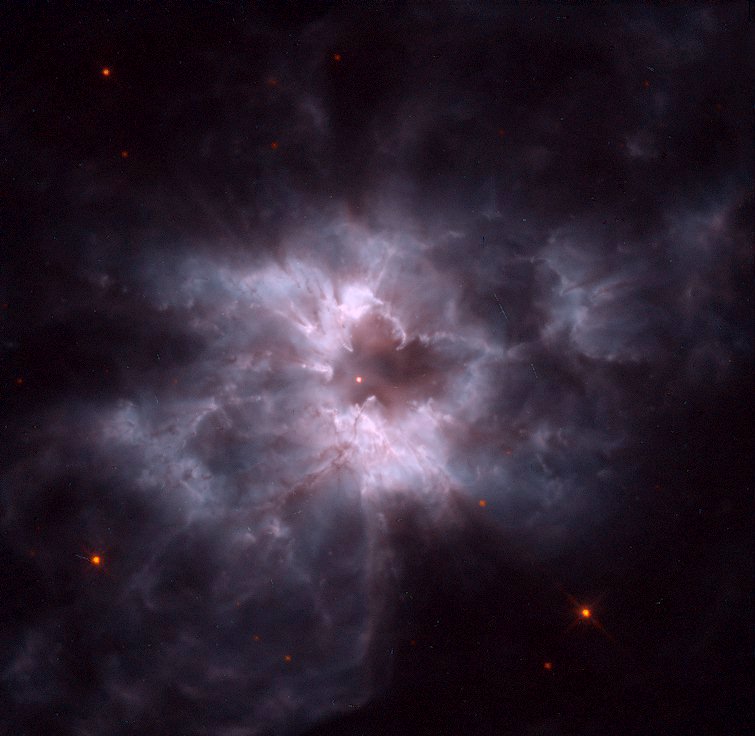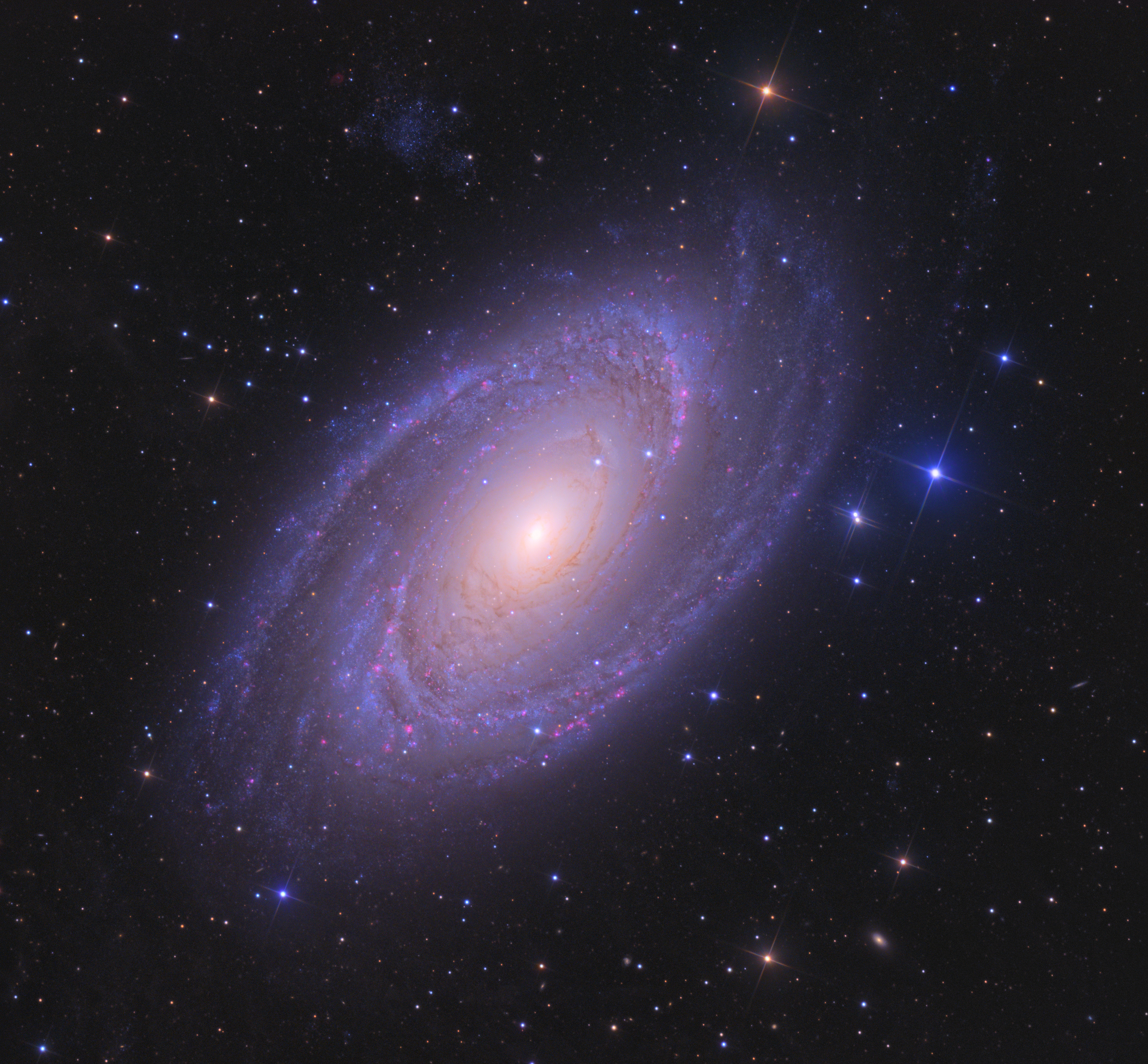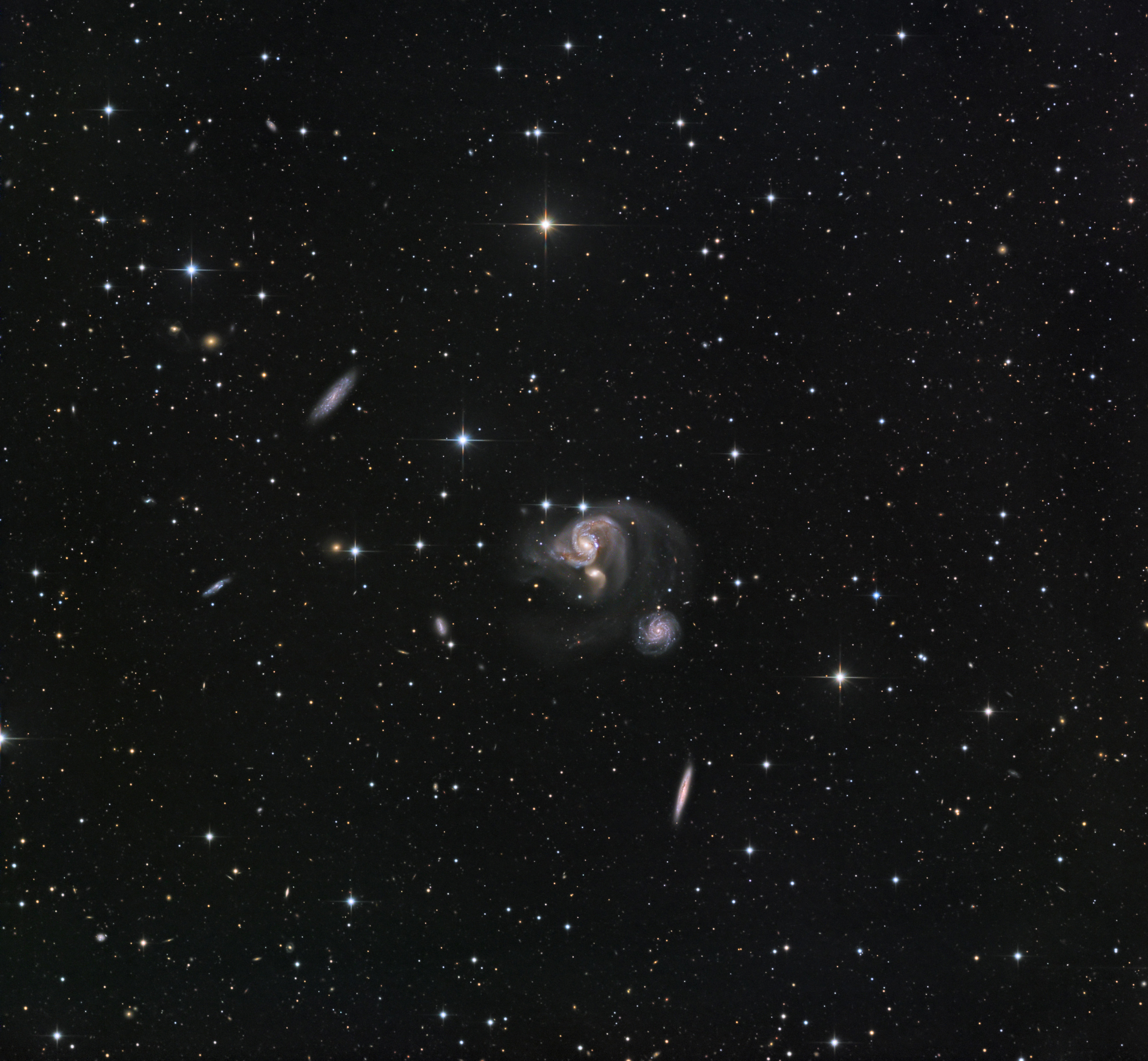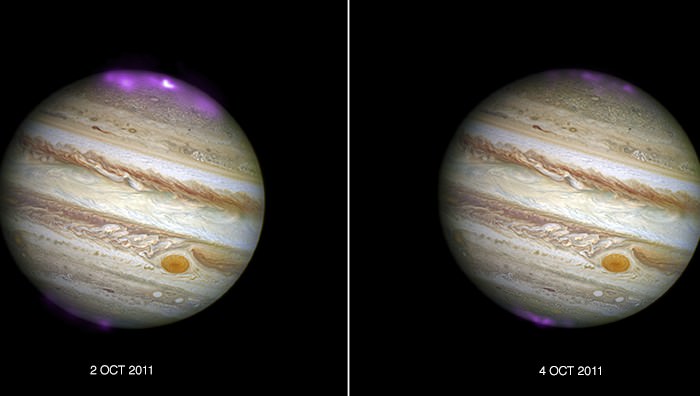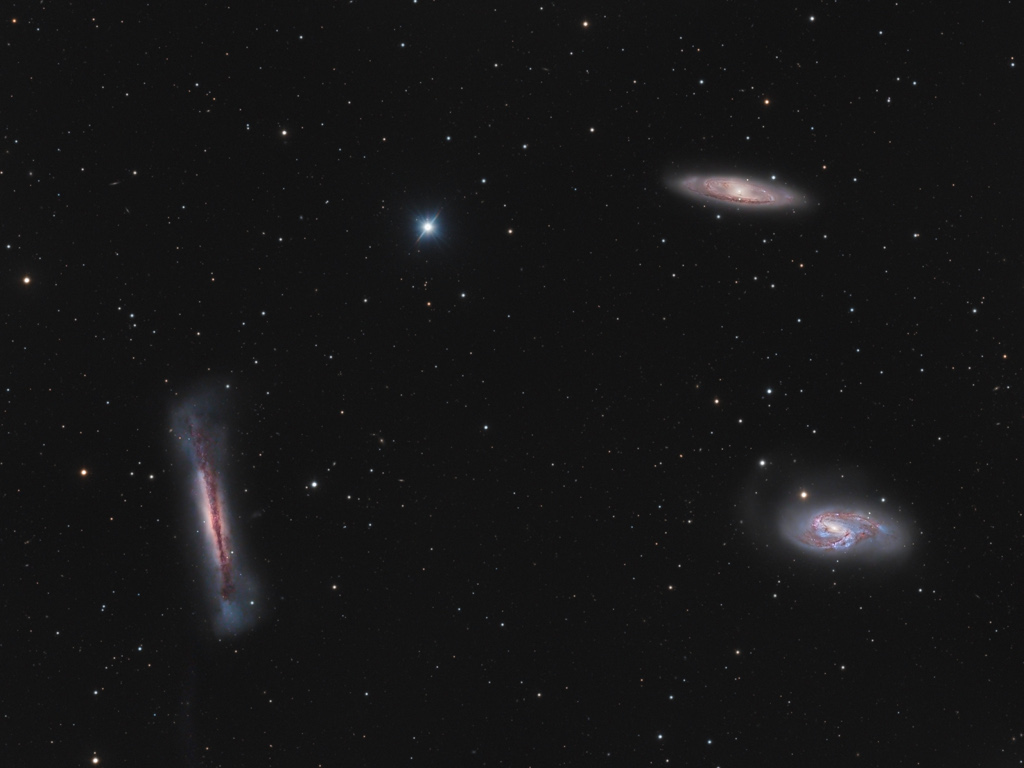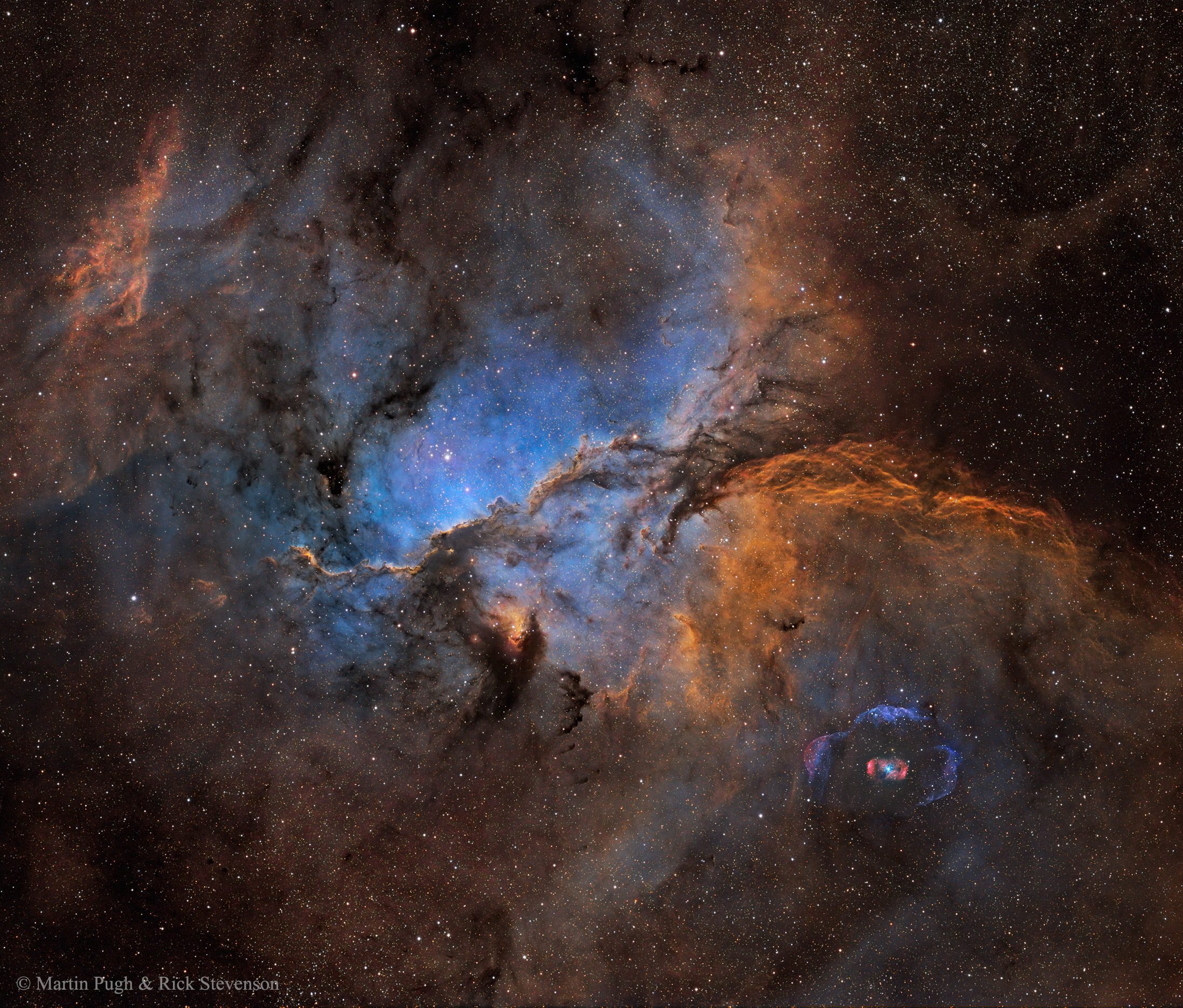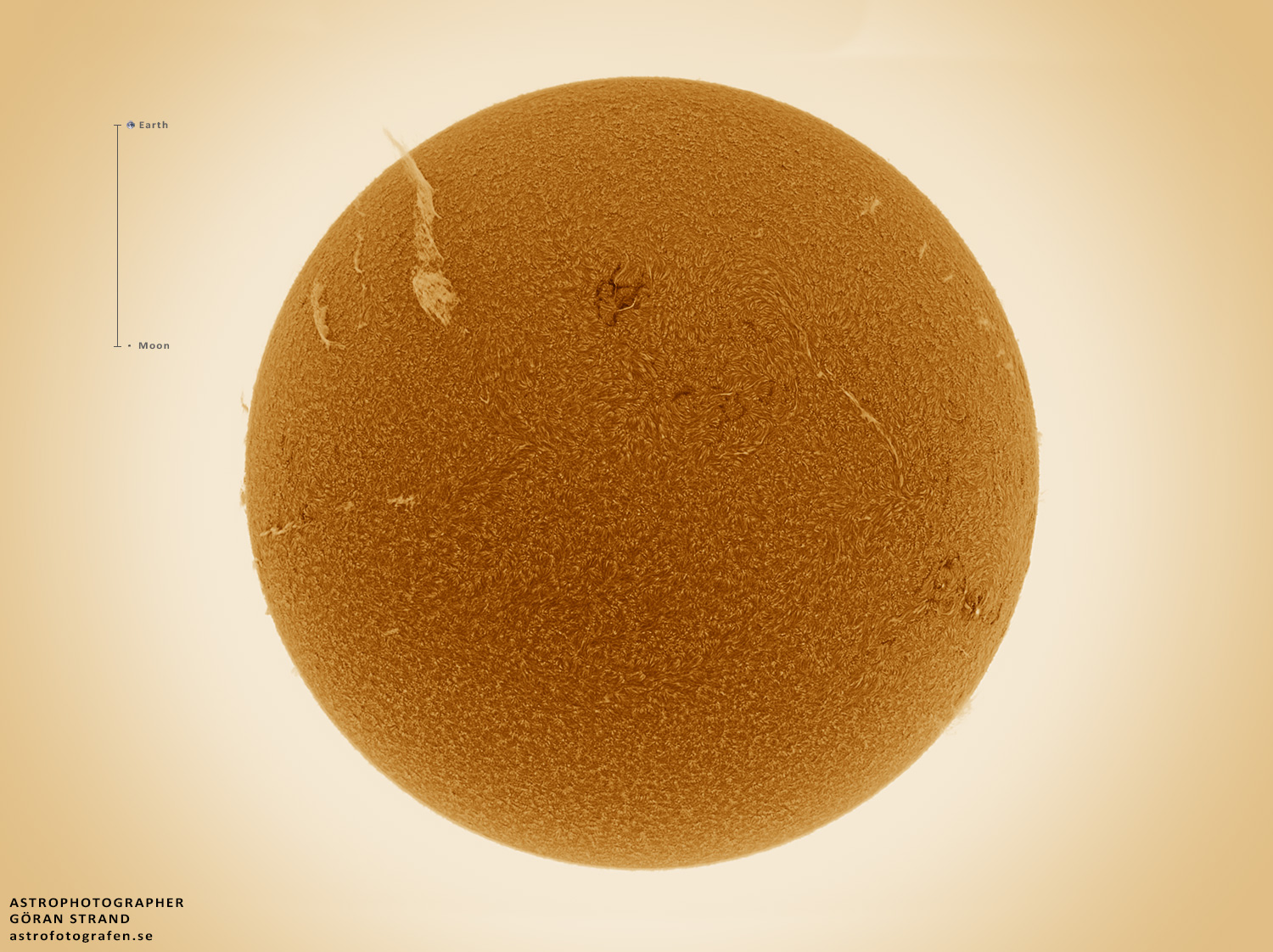Since I know Shunpike loves images of Earth from Space. Here is a cool one taken recently from the International Space Station (ISS) along with some text describing what you're seeing. (seeing the active volcanoes is awesome.

)
-----------------------------------------------------
East Indonesia Island Chain
As an equatorial country, Indonesia is often obscured by cloud cover. An astronaut aboard the International Space Station recently seized the opportunity of a relatively storm-free day to photograph nearly half the length of
#Indonesia’s main island chain. Using a short lens and looking to the horizon for a panoramic effect, the astronaut captured this vast view that includes both clear skies and a murky, region-wide smoke pall. The smoke comes from fires caused by lightning strikes and by forest clearing by humans in Indonesia and northern Australia.
In this photograph looking from west to east,
#Java is in the foreground,
#Bali and
#Lombok are near the center, and smaller islands trail off toward the horizon. More distant islands such as Sumba and Timor are almost invisible; each is more than 1600 kilometers (1,000 miles) distant from the spacecraft. The brightest reflection of the Sun off the sea surface occurs silhouettes Surabaya (population 2.8 million), Indonesia’s second-largest city.
Against this background of regional smoke, a line of volcanoes appears in sharp detail. Volcanoes are the backbone of the islands, which have been formed by the collision of the Australian tectonic plate (right) with the Asian plate (left). Note that the name of each volcano is labeled in italics.
White plumes show that at least six volcanoes were emitting steam and smoke during this ISS orbit. Even though the plumes are short (80 kilometers; 50 miles), they are prominent because the volcanoes stand above the smoky air layer near the surface. The plumes are also strikingly parallel, aligned with winds from the northeast. Every day, astronauts are sent memos alerting them to dynamic events—such as volcanic eruptions and fires—so that they might observe them from space.
https://lh3.***BROKEN***/-l5T8MiGvag4/VvARM1vl3dI/AAAAAAAAaYI/edqmR8j95E0nS3NRw4igT7Pbkldndz4VQ/w472-h709-no/iss045e079412.jpg
The Andromeda Galaxy is approximately 150,000 light years across.




